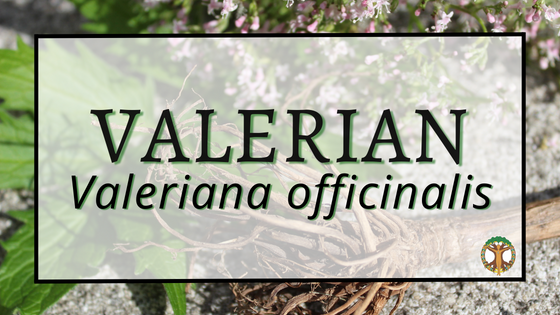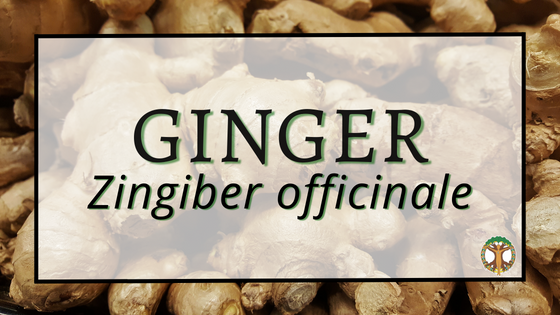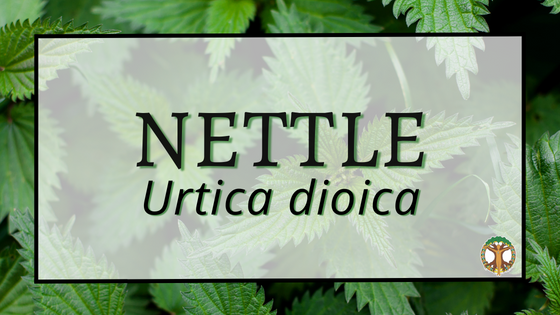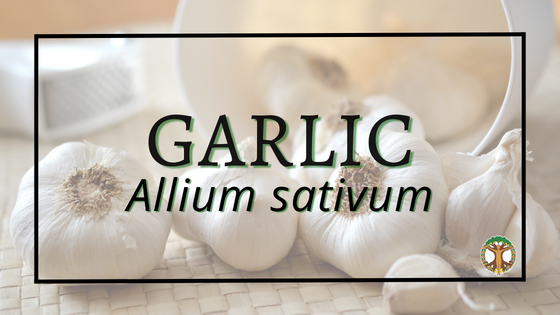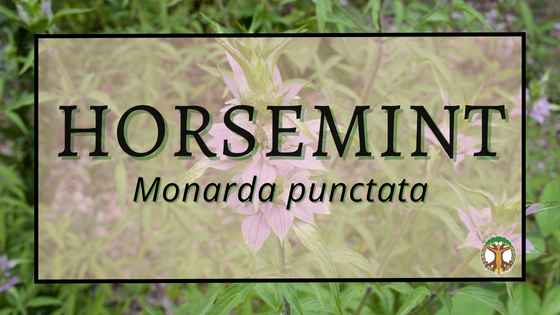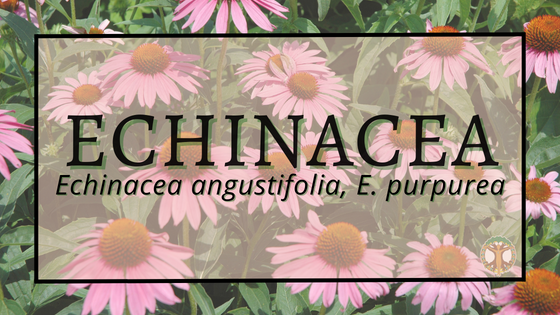-
Common Boneset
The Eupatorium genus comprises about 45 species in the eastern US and is known to be used by many indigenous peoples, especially E. perfoliatum.
-
Oats
Oats are both food and medicine. Most folks are familiar with eating a nourishing bowl of oatmeal for breakfast and know that oats are a heart healthy food and very soothing to the digestive tract.
-
Valerian
Indicated for nervous conditions like insomnia, anxiety, and muscle tension and commonly used as a sleep aid and mild pain reliever. It helps to promote normal sleep by its sedative action and is useful for those who have a hard time quieting the mind at bedtime.
-
Ginger
Ginger can be a tonic for the heart. In traditional Chinese, Indonesian and Ayurvedic medicine, ginger has been used to treat a variety of cardiovascular conditions.
-
Sida
Plants in the genus Sida are pantropical and have a history of medicinal use everywhere that they grow, including within the Ayurvedic (called kurumthotti) and Traditional Chinese.
-
Shiitake
Shiitake takes its name from the Japanese word “shii” for the tree it was typically found growing on, and “take” which means mushroom. Shiitake has been used for over 6,000 years in ancient Chinese Medicine (Shiitake Mushroom, n.d.) and likely began being cultivated over 1400 years ago in 600 AD.
-
Nettle
Indigenous and folk uses include picking the plant with bare hands or “whipping” the nettles on a pain point, also known as urtication, for a direct and quick remedy for joint pain.
-
Garlic
Celebrated for its herbal healing properties, garlic’s intense aroma and reputation precedes it. Worshipped, revered, and despised worldwide and cross-culturally for its curative, protective, stamina-boosting, and magical powers, garlic is one of the most flavorful and popular culinary spices around the world.
-
Horsemint
Monarda punctata is an upright, tall, sprawling perennial that grows wild throughout Florida.
-
Echinacea
Echinacea is a perennial plant that grows to 4 ft. with upright stems and purple to pink flowers that are daisy-like.




